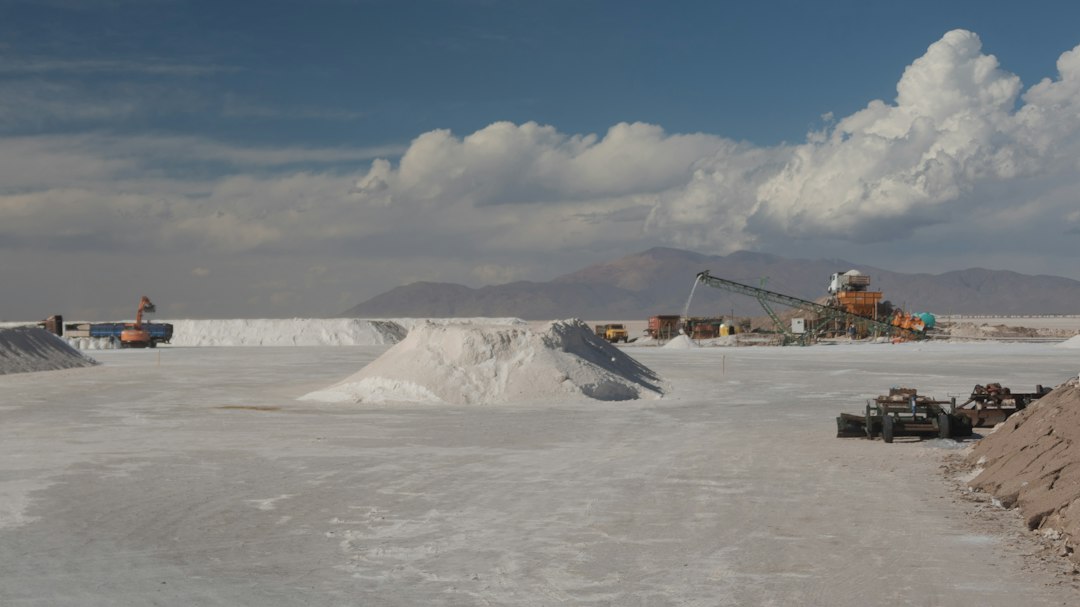The Benefits of Using Heat Recovery Systems in Building Applications
In today’s world, energy conservation and reducing carbon emissions have become critical goals. This is particularly true for the construction industry, where buildings are often responsible for a significant amount of energy consumption. Fortunately, there are innovative solutions available to help reduce energy waste and increase efficiency in building applications. One such solution is the use of heat recovery systems. These systems effectively capture and utilize waste heat, providing multiple benefits for both the environment and the building occupants.
Heat recovery systems work by reclaiming and repurposing waste heat that is otherwise lost during the heating, ventilation, and air conditioning (HVAC) processes. They are typically integrated into the building’s HVAC system, allowing the captured heat to be transferred to other areas within the building where it can be utilized.
One of the major benefits of using heat recovery systems is energy efficiency. By capturing waste heat and reusing it, less energy is required to maintain desired indoor temperatures. This reduces the overall energy consumption and leads to lower utility bills. Additionally, energy-efficient buildings contribute to a decrease in greenhouse gas emissions, helping to combat climate change.
Another advantage of heat recovery systems is improved indoor air quality. Traditional HVAC systems often draw fresh outdoor air while simultaneously expelling stale indoor air. With a heat recovery system, this process is enhanced by transferring the energy from the outgoing air to the incoming fresh air. As a result, the fresh air is preconditioned and distributed into the building, while reducing the need for excessive heating or cooling. This not only enhances occupant comfort but also reduces the presence of contaminants, allergens, and pollutants in the indoor environment.
Furthermore, heat recovery systems contribute to the lifespan and efficiency of heating and cooling equipment. By utilizing waste heat, the strain on heating and cooling units is reduced, resulting in less wear and tear. This prolongs the lifespan of the equipment, reducing maintenance and replacement costs.
To ensure the effectiveness of heat recovery systems, it is crucial to use appropriate components. One essential component is the use of heat-resistant exhaust hoses, or in German, “hitzebeständige Abgasschläuche.” These high-quality hoses are capable of withstanding high temperatures generated by the exhaust gases. They are designed to efficiently transfer the exhaust gases without compromising the efficiency of the heat recovery process. By using hitzebeständige Abgasschläuche, building operators can ensure the seamless functioning of the heat recovery system, thereby optimizing energy savings and system performance.
In conclusion, heat recovery systems play a vital role in improving energy efficiency and sustainability in building applications. With the ability to harness and repurpose waste heat, these systems offer numerous benefits, including reduced energy consumption, improved indoor air quality, and prolonged equipment lifespan. To maximize the efficiency and effectiveness of these systems, it is essential to utilize heat-resistant exhaust hoses such as hitzebeständige Abgasschläuche. By investing in heat recovery systems and employing appropriate components, building operators can significantly contribute to energy conservation, cost savings, and a greener future.
************
Want to get more details?
TAL Systemtechnik GmbH
https://www.tal-systemtechnik.de/
+49 7731 68405
Byk-Gulden-Straße 36, 78224 Singen
TAL Systemtechnik GmbH – Wir produzieren und liefern Ihnen konfektionierte Dämmstoffe nach Maß, Akustische Dämmung zur Schallisolierung, den TL flexibler Abgasschlauch hitzebeständig und diverse Schallschutzvorhänge für die Industrie.
